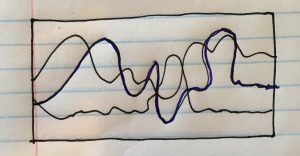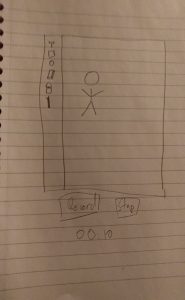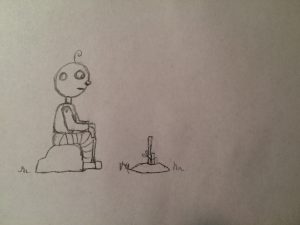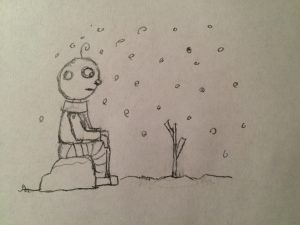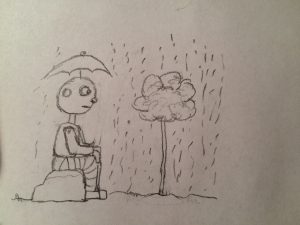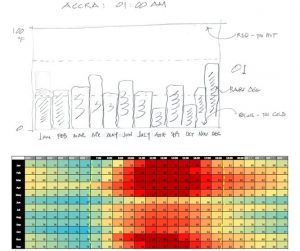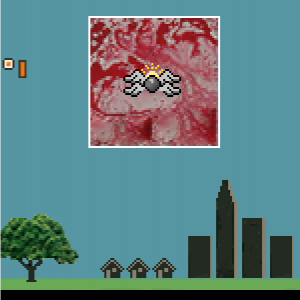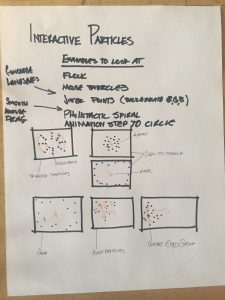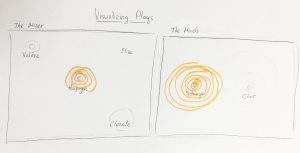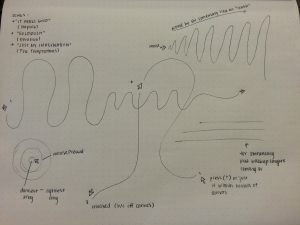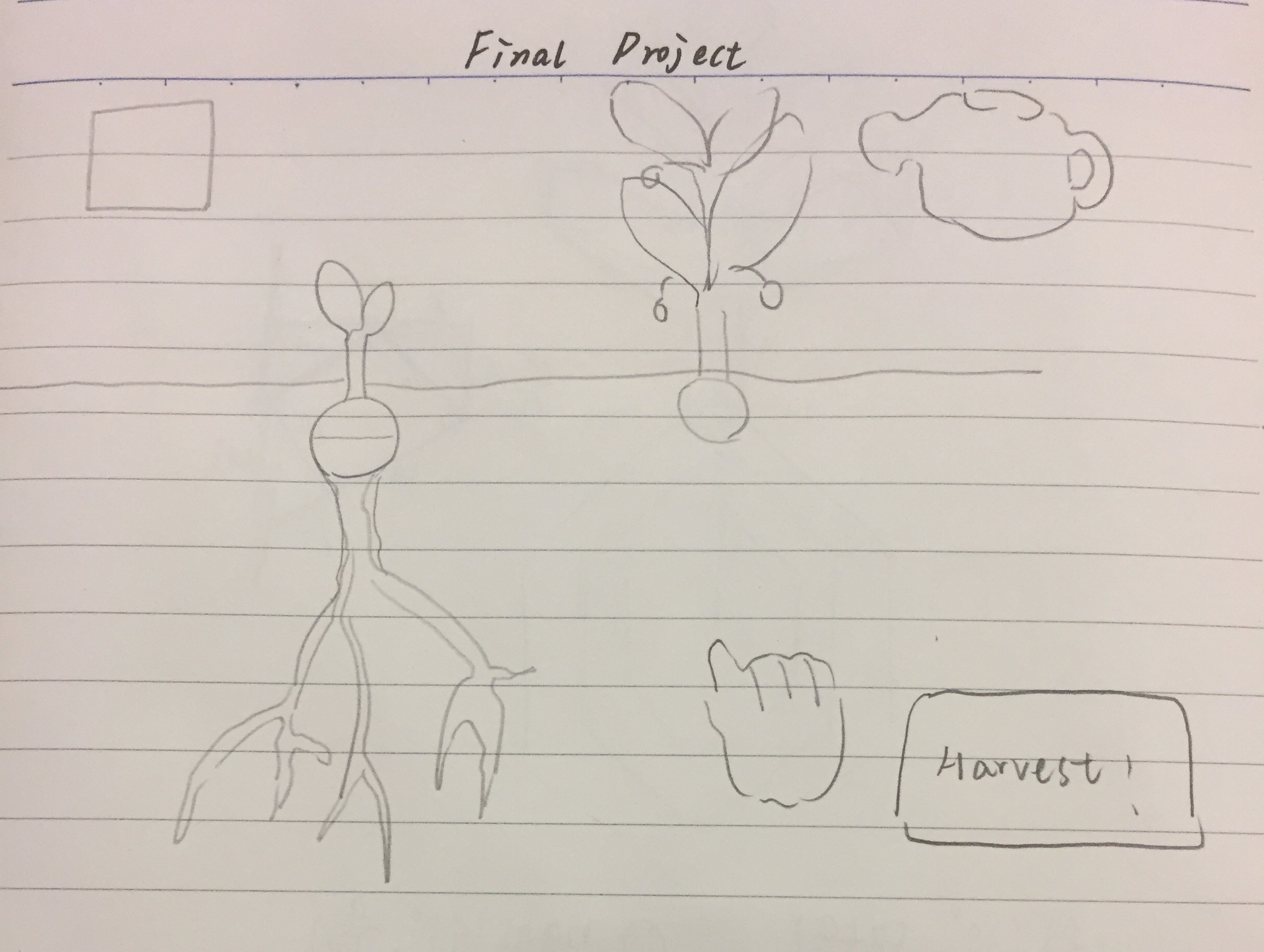Undertale Piano
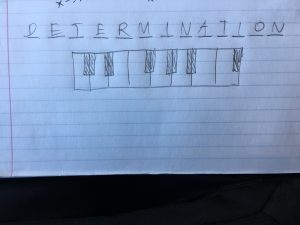
I propose making an interactive piano project, playing to a selected keyword. The respective chords would play a melody in tandem with the appropriate key presses and indicate which keys on the piano are being pressed. Whether the keys can be played individually by choice remains to be seen. The white keys I could simply map to the number keys, but I would have to put more thought into how to map the black keys, as the keyword “determination” already occupies the three rows of letters on the keyboard.
The melody is inspired from Undertale, a popular indie game released in September 2015. Various characters and visuals will pop up with each key press, and since they’re sprite-animated, I could possibly make helper functions for the sole purpose of drawing the characters on each key press. I may even use sprite sheets to animate the characters during the key presses.
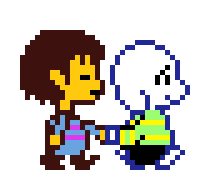
All material and rights of Undertale are reserved to its creator, Toby Fox.
![[OLD – FALL 2016] 15-104 • COMPUTING for CREATIVE PRACTICE](../../../../wp-content/uploads/2020/08/stop-banner.png)
